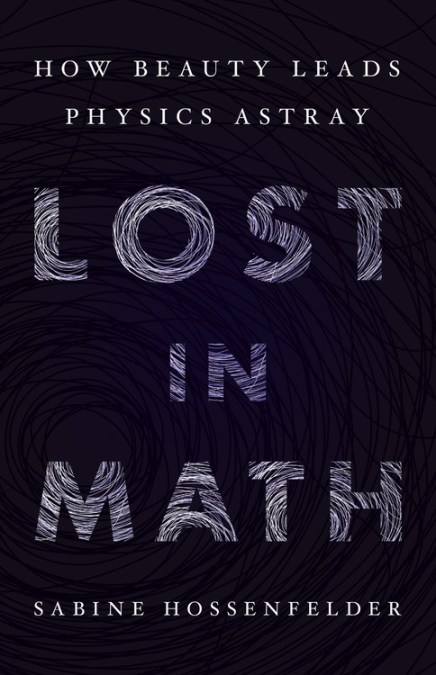
Sabine Hossenfelder, author of Lost in Math: How Beauty Leads Physics Astray, points out that previous methods of detection have not worked and now the net is cast much wider:
Instead, their strategy is now to fund any proposed experiment that could plausibly be said to maybe detect something that could potentially be a hypothetical dark matter particle. And since there are infinitely many such hypothetical particles, we are now well on the way to building infinitely many detectors. DNA, carbon nanotubes, diamonds, old rocks, atomic clocks, superfluid helium, qubits, Aharonov-Bohm, cold atom gases, you name it. Let us call it the equal opportunity approach to dark matter search.
As it should be, everyone benefits from the equal opportunity approach. Theorists invent new particles (papers will be written). Experimentalists use those invented particles as motivation to propose experiments (more papers will be written). With a little luck they get funding and do the experiment (even more papers). Eventually, experiments conclude they didn’t find anything (papers, papers, papers!).
In the end we will have a lot of papers and still won’t know what dark matter is. And this, we will be told, is how science is supposed to work.
Sabine Hossenfelder, “Brace for the oncoming deluge of dark matter detectors that won’t detect anything” at BackRe(Action)

She doesn’t so much oppose it as she doesn’t want to “wait another 40 years for physicists to realize that falsifiability alone is not sufficient to make a hypothesis promising.”
Those who remember science from fifty or thirty years ago find this state of affairs odd.
See also: Dark matter and dark energy in a world where neither has been discovered
Follow UD News at Twitter!